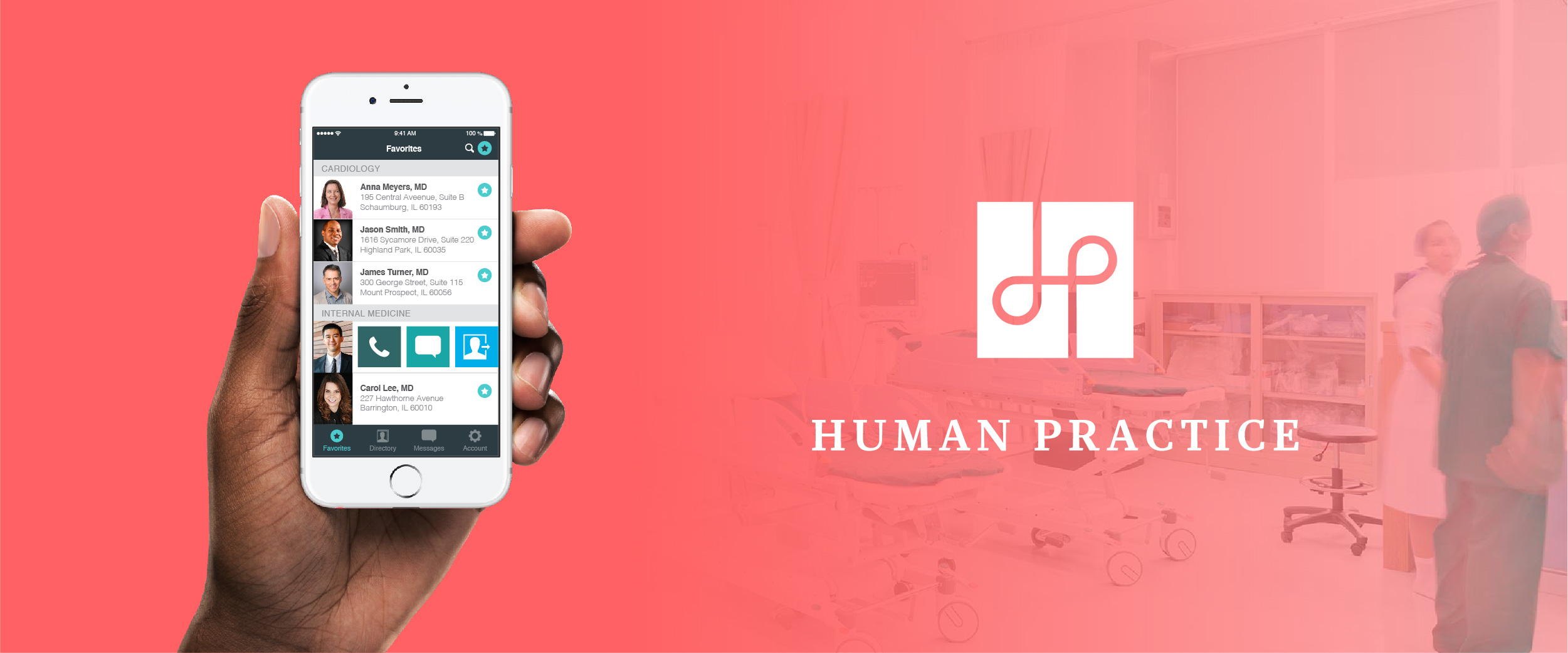
THE CHALLENGE
To empathize with long term patients’ healthcare experiences to build sustainable healthcare relationships amongst patients, providers, and administrators.
THE OUTCOME
A suite of digital products: an iPad application for patients to complete post clinical checkouts and reviews, and a mobile referral program to connect patients with the right providers.
Overview of the Problem
How Might We improve the healthcare experience for long term patients?
People that seek long term engagements with the healthcare system such as stroke recovery patients, new mothers, and people on the autistic spectrum currently shoulder the burden of seeking and coordinating their own care in a complex system. That means they or their primary caregivers need to seek, compare, and coordinate with different providers such as primary physicians, surgeons, nurse practitioners, and physical therapists to build the right routine that support their care. That process is opaque, labor intensive, resource draining, and distracts patients from actually receiving care. Human Practice sets out to help improve such coordinations to help patients and various providers build sustainable long term relationships. It is also cost effective for providers and insurance payers to streamline the care coordination process.
Users and Audience
Our users included long term patients, caregivers, primary care doctors, specialists, surgeons, nurses, physical therapists, and clinic office staff. Through empathy exercises and building trust, we tried to understand and improve the interrelated interactions in this complex web of users.
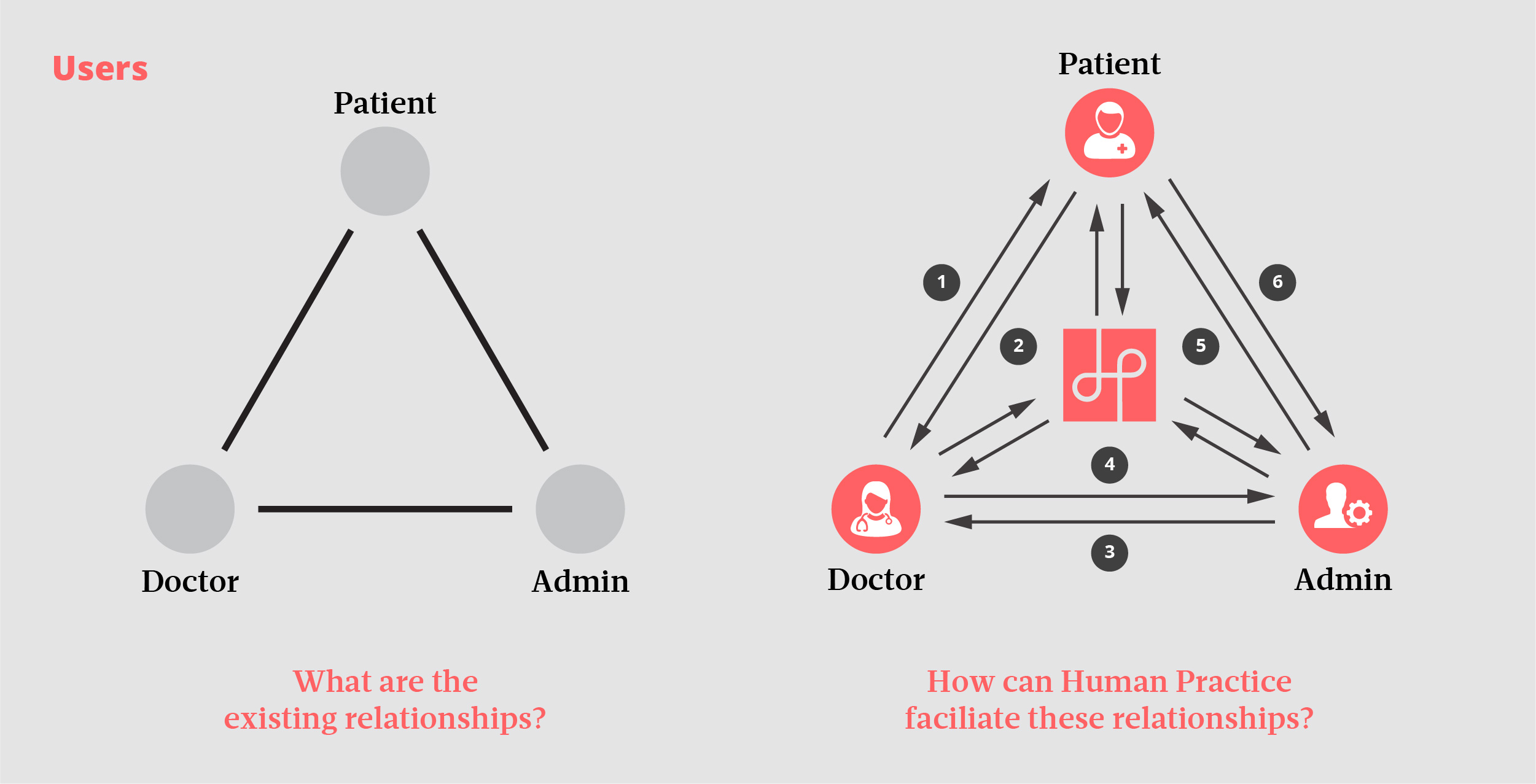
I aimed to building trust and foster relati0nships through facilitating empathetic, effective, timely, open, and honest communications amongst healthcare roles.
The Team and My Role
Human Practice was a 6 person startup team of 2 co-founders (one works as a full time surgeon and part time on the project while another software engineer worked full time on this project), 1 software engineer, 1 operations and marketing specialist, 1 content specialist. The team contracted with a visual designer for high fidelity visual work and occasionally consulted a design strategist through weekend workshops to refine overall vision. I served as the User Experience Researcher and in house design voice for the duration of the 4 months internship.
Design Process
Empathy Interviews
- We conducted empathy interviews with long term patients and their caregivers to understand their general healthcare journeys and day to day needs
- We conducted empathy interviews with new mothers about their online healthcare seeking behavior within an established online parenting community (the Neighborhood Parent Network)
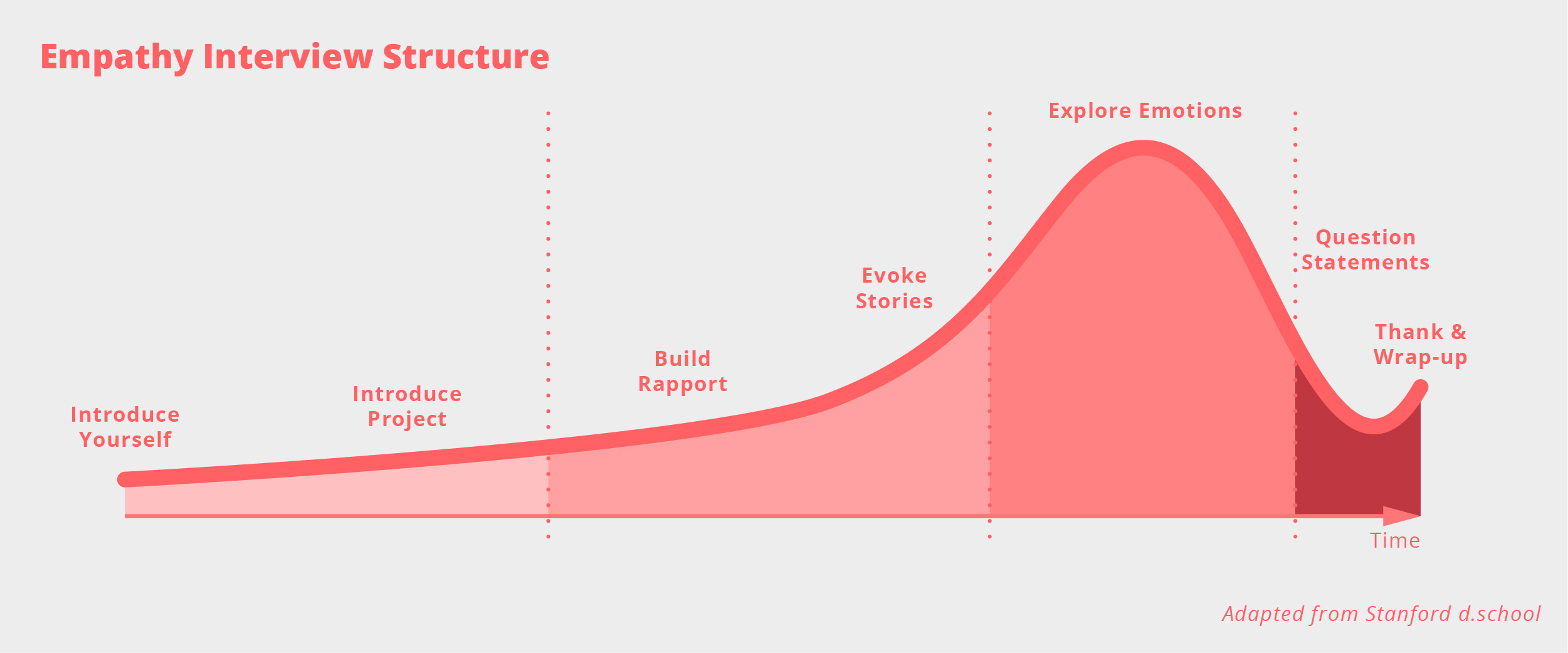
In-Conext Observations
- We conducted on site observations in clinics and physical therapy centers and interviewed patients, providers, and clinical staff as they went about their day to understand their processes, feelings, and needs
- We conducted on site observations in a special needs school to understand autistic people’s day to day needs and that of their professional caregivers
Participatory Designs
- We facilitated co-design workshops with stroke recovery patients and their caregivers to tell stories, build community, and to empower members of the group design improved care experiences for each other
- We conducted regular product co-design sessions involving all members of the Human Practice team to build holistic improvements to the growing suite of products and services
Data Analysis
- We studied content on online parenting forums to understand mothers' healthcare seeking preferences
- We combined datasets of common healthcare specialities and conducted a card sorting exercise to arrive at a provider specialty catograization that was most intuitive for most patients
Design Artifacts
- Needs and Features Map
- User Personas
- User Journeys
- User Stories
- Feature List
- Interaction Prototypes
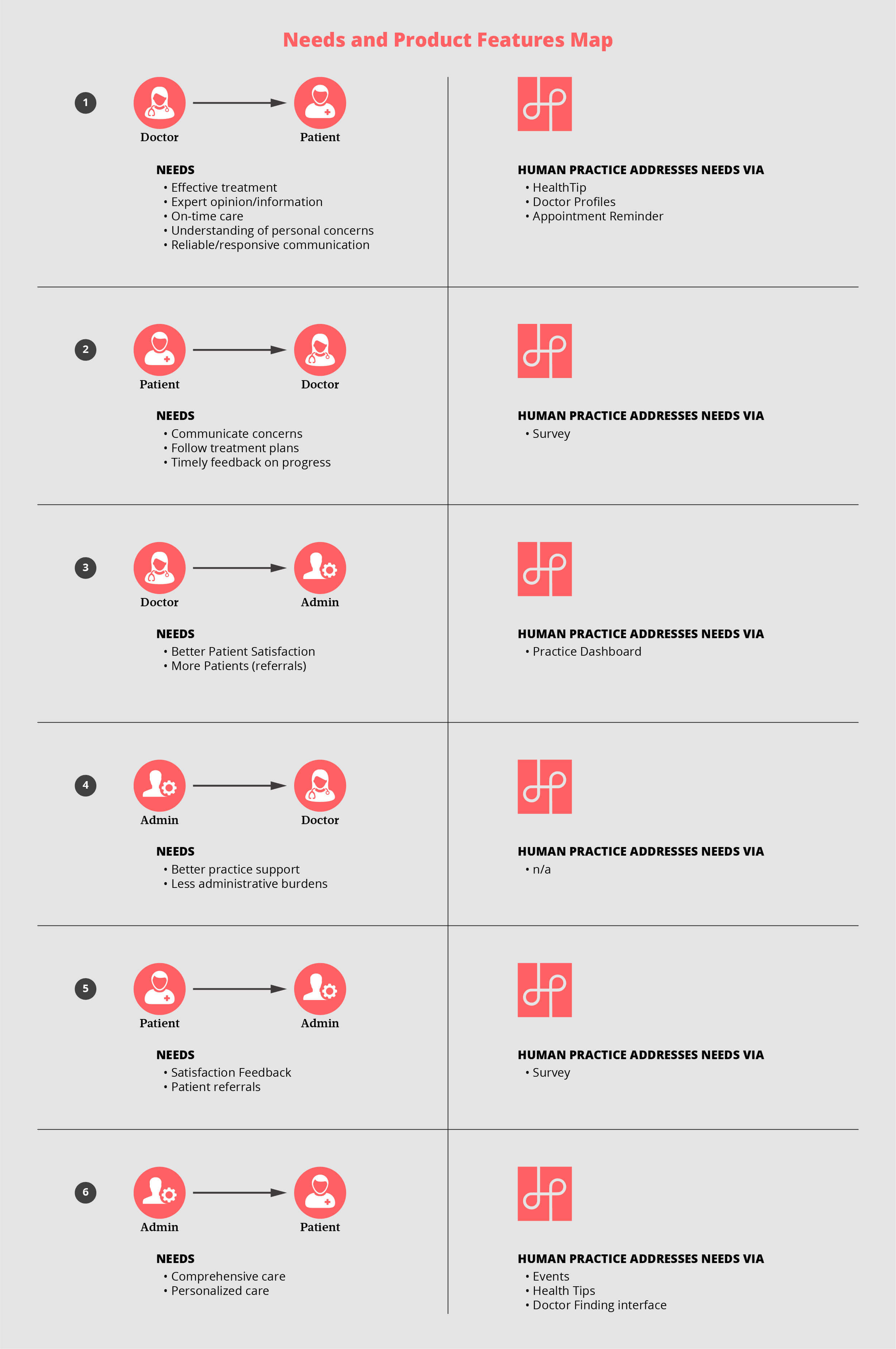
I created a Needs and Product Features Map as a compliment to traditional product feature list. The goal is to keep track of which user needs we are actively meeting.
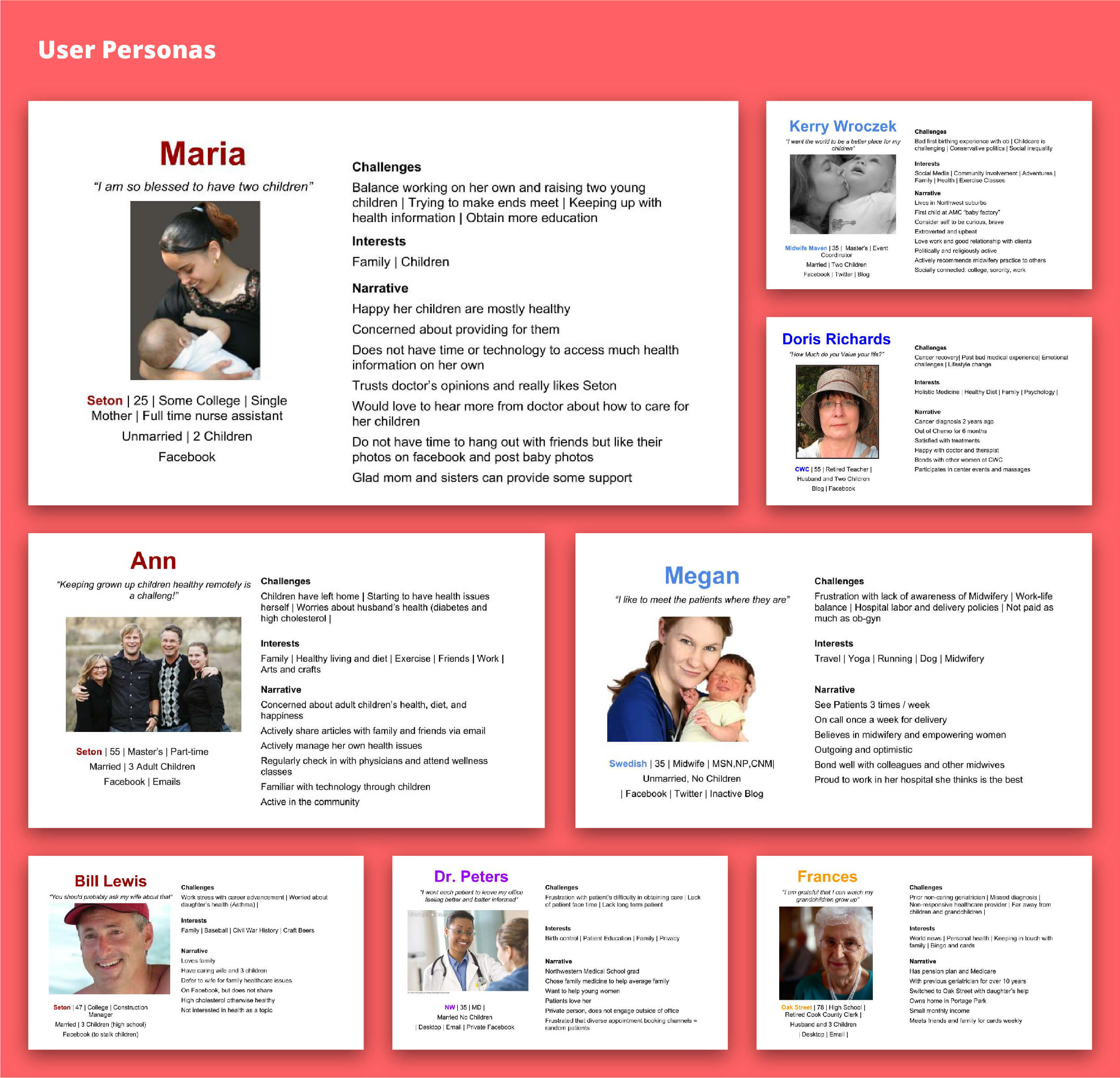
I created personas to keep our wide spectrum of users at the center of our decisions.
Insights and Recommendations
Some insights I discovered that were salient to the team were:
- Occasional patients evaluated healthcare providers based on objective quality signals such as educational background, professional certifications, and online reviews
- Long term patients evaluated healthcare providers based on more subjective quality signals such as attitude of caring, word of mouth reputation amongst family and friends
- Transportation is a top priority in a long term patient’s healthcare experience
- At home caregivers are usually the ones coordinating care, making them the primary user rather than secondary use
- At home long term caregivers are in need of support community both offline and online
- New mothers' healthcare seeking evaluation criteria differed based on geographical location in the Chicago land area: North Side nuclear families behaved more similar to occasional patients while South Side moms embedded within existing communities behaved similar to long term patients
Some design recommendations I made based on these discoveries were:
- To orient products, especially provider search features, toward primary caregiver's persona and needs
- Consider building online support community features to meet primary caregivers's need for support
- To prioritize location and transportation options in Provider Search Process to draw long term patient engagement
- To build subjective evaluation criteria into Post-Visit Review such as "attitude of caring" and "level of trust for doctor"
- To engage North Side mothers, prioritize objective evaluation criteria such as doctor credentials while encourage building online peer recommendation community; For South Side moms, prioritize subjective evaluations of providers, facilitate word of mouth recommendations such as building a presence at neighborhood health day and school fairs with the goal to help move these conversations online
Usability Testing
We conducted remote usability tests to understand user experiences with each iteration of product improvements before launch. I also conducted in-context intercept interviews to gather patients' feedback for the in-clinic iPad product.
Retrospective and Lessons Learned
- Research method is secondary to insights. There are a variety of ways of relating to people that can surface unexpected insights. Patience in observation and connecting as humans with users are priorities
- Design a good research experience (such as a community building codesign session) is itself service design. It empowers users to grow into the mindset of a positive future experience without constrains of current experiences and challenges
- Whenever possible, integrate user research for different products and services to best discover insights that might serve different user populations
- Visualizing total product suite and match up with product vision/ user needs is an important recurring exercise to do
- Be flexible and creative with research methods, especially in context research, help uncover very valuable insights
- Interacting with users of your product as humans sharing tea is much more helpful of an empathy exercise than treating them as interviewee and informant relationships. It is situationally dependent.
Selected Works
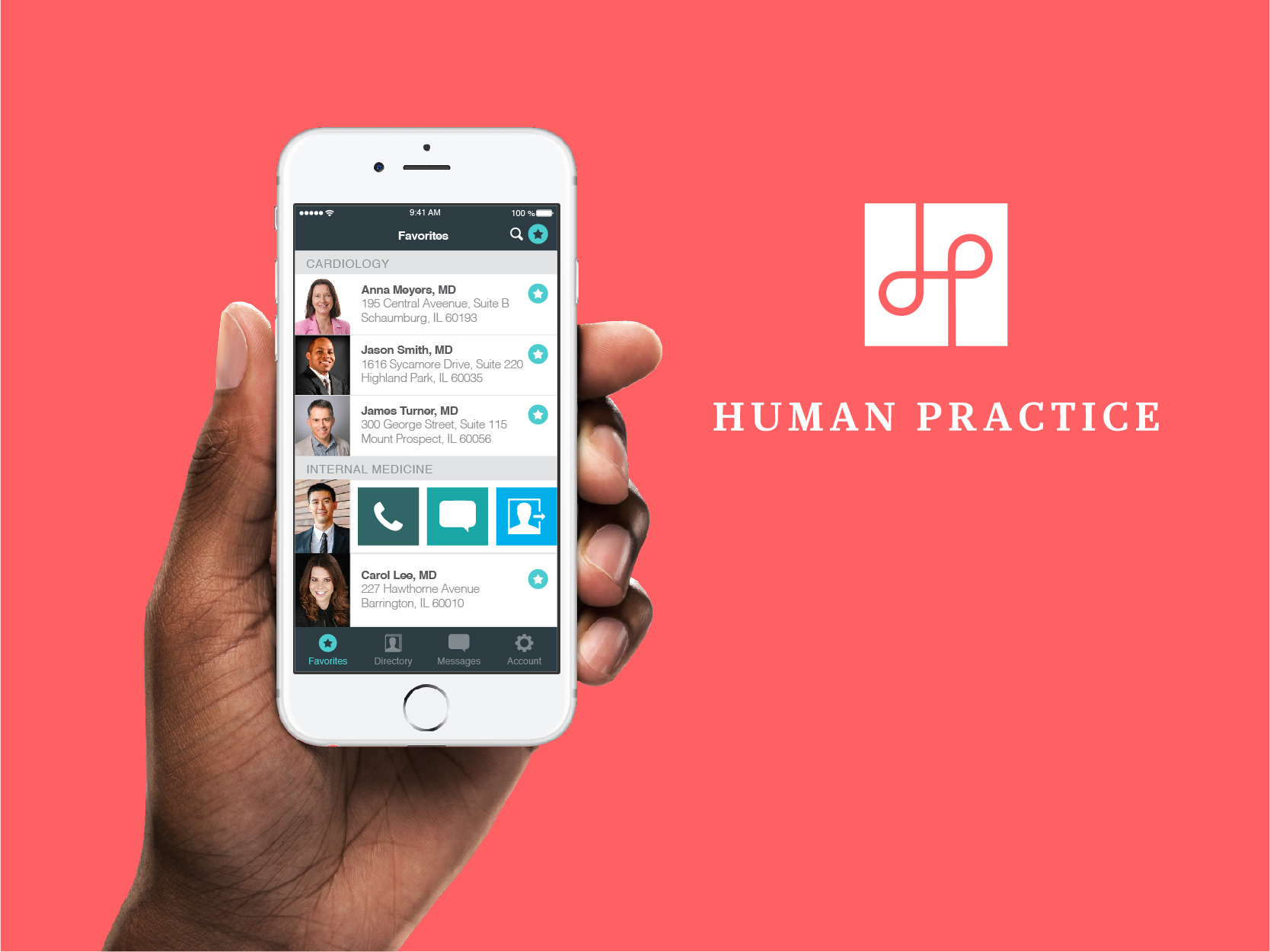
Human PracticeHealthcare Mobile Application
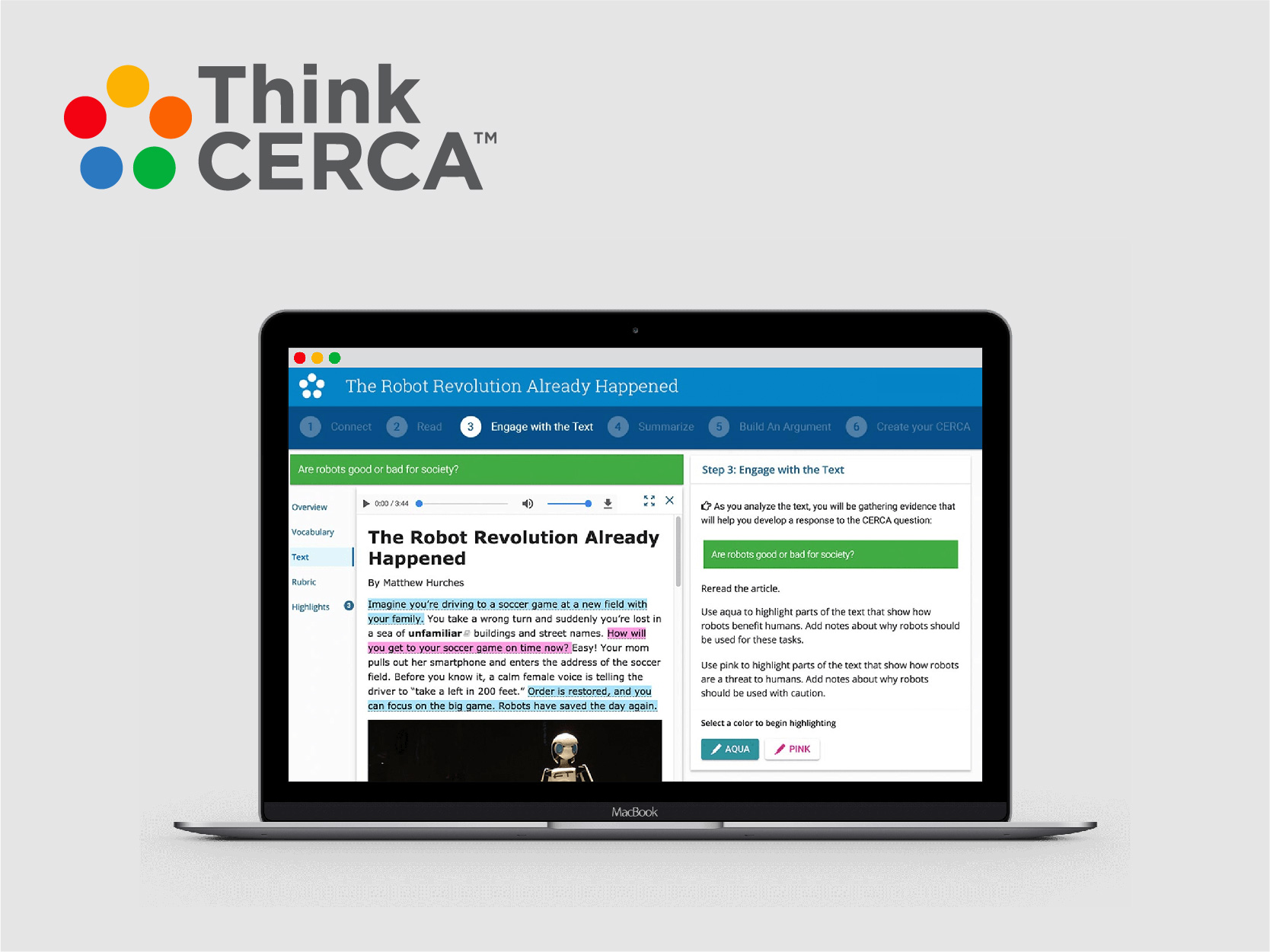
ThinkCercaOnline Learning Platform
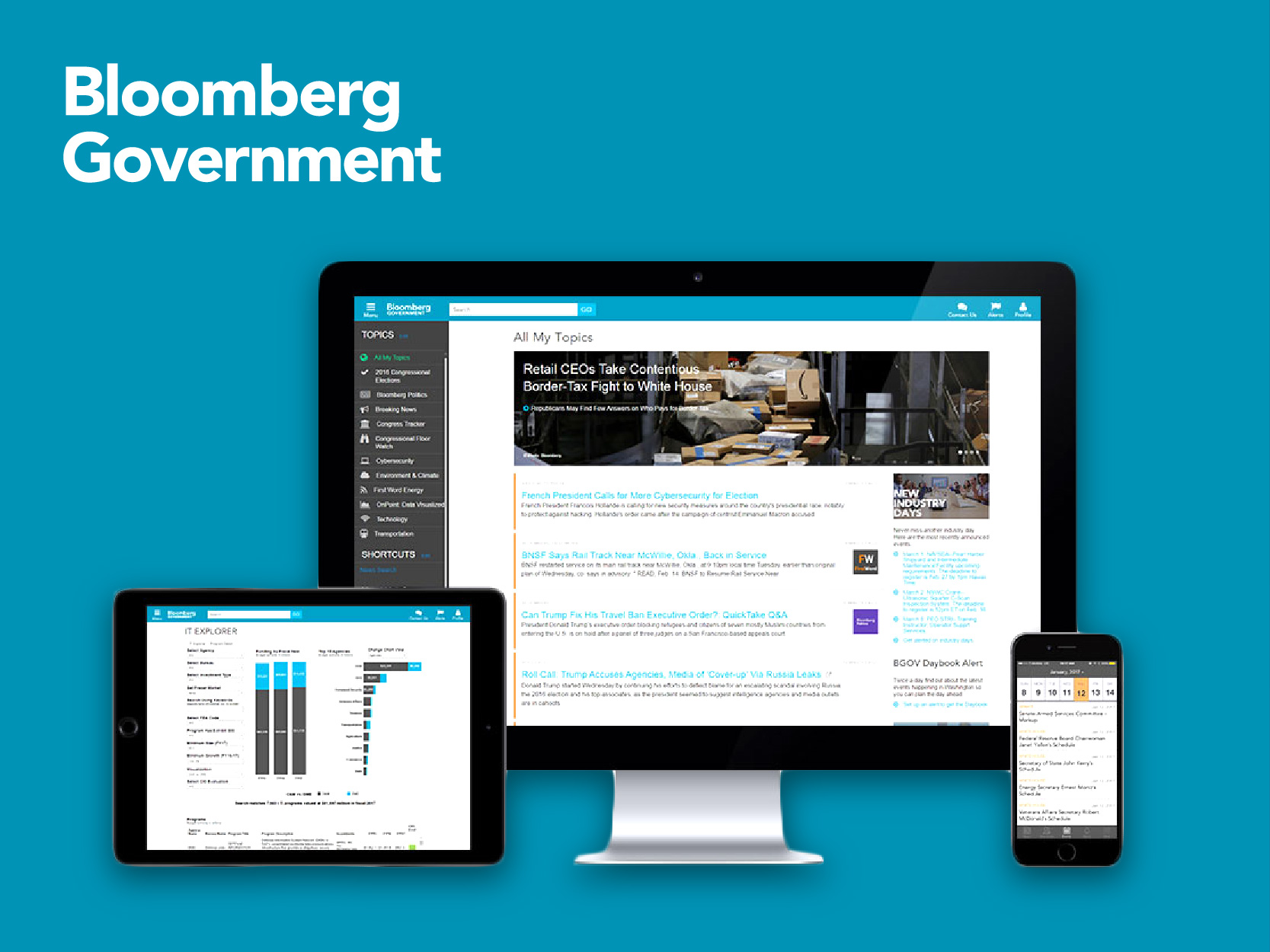
Bloomberg GovernmentWeb and Mobile Application

Nico TradingTrading Tools
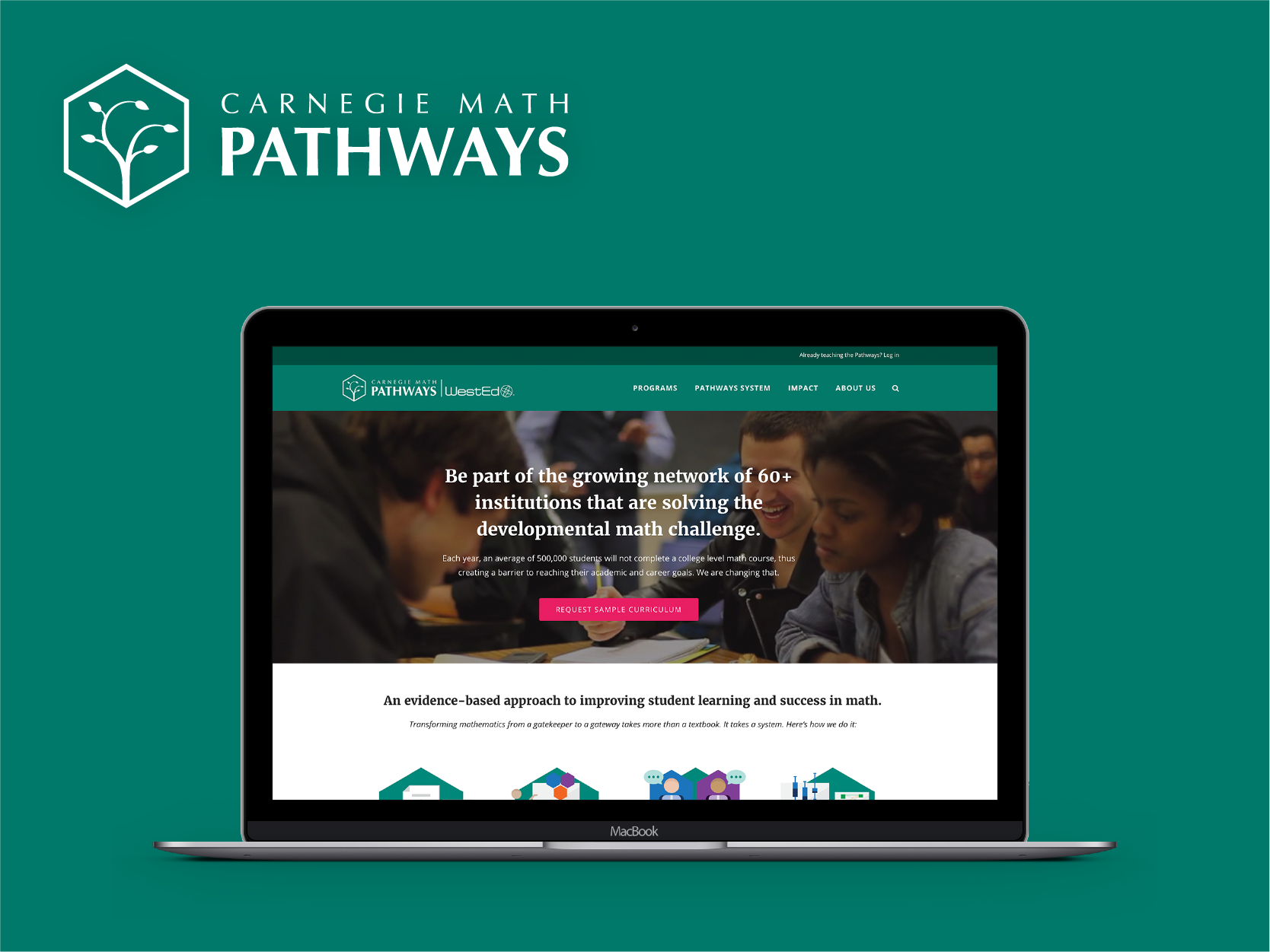
Carnegie Math PathwaysEducational Program/Initiative
Copyright © 2018 Mingzhu He
Thank you for stopping by! ♥